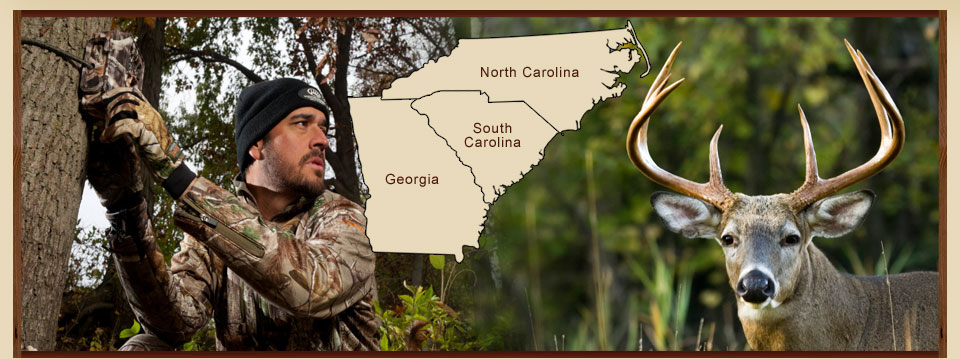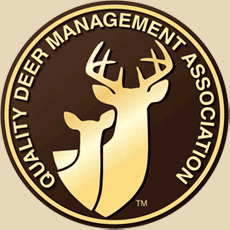Whitetail deer leave many signs that detail they have been in a particular area including trails, tracks, beds, scrapes, rubs and rub lines. By learning how to recognize these signs, it will be easier for you to know where to find whitetail deer on your Carolina hunting property.
Deer use trails to get from one place to another, generally during the day. At night, when the deer feel more secure, they will venture out into the fields and open areas to feed and congregate. But during daylight hours, when you be doing most of your hunting, deer will be using trails within the woods, brush, swamps or other areas where they can remain relatively hidden. Deer feel most secure when they can’t see, smell, or hear a predator, which means their daytime trails will be areas that are the most difficult for you to see. You can generally determine how many deer use a trail and how often they use it by the tracks. Checking deer travel patterns after a fresh snow or heavy rain may give you insight for where to intercept the next giant. You may also want to place a Reconyx trail camera on trails to find out exactly what your deer herd looks like.
Tracks can sometimes be deceiving on a trail. For instance, some trails may look very heavily used, but if they lead to apple trees or other crops, they might only be used certain times of the year. On the other hand, if you don’t see many tracks at all on a trail in the spring, that doesn’t mean there won’t be more foot traffic on that same trail during hunting season in the fall. Trails with just one set of tracks, parallel to a heavily used trail is very likely a buck trail. Track size can help you tell whether they belong to does or bucks. Bucks generally have larger hooves and big bucks tend to have even larger hooves, but that is not always the case. The impression a track leaves is also an indicator of size. Drag marks between tracks are usually caused by bigger bucks since they walk stiff-legged and swing their hooves out to the side. Check soft open areas for drag marks, where they’re easier to spot.
Deer beds look like circles or ovals in the ground where the leaves and dirt have been pressed down. It is relatively easy to tell the size of the deer by the size of their bed. Large bucks can leave beds as big as 50 inches, while large does leave beds around 40 inches.
Rubs are the marks bucks leave on trees from rubbing their antlers on them as they prepare for sparing and fighting during the rut. Bucks rub and thrash brush, leaving broken branches. If you find a series of rubs along a trail, you have found a rub line… the route a buck frequently travels into and out of his bedding area. Once you find a rub line, you should be able to trace the route back to the buck’s bedroom. Do it once to confirm his bedding location, then keep the heck out of there until the wind is right to hunt the area.




